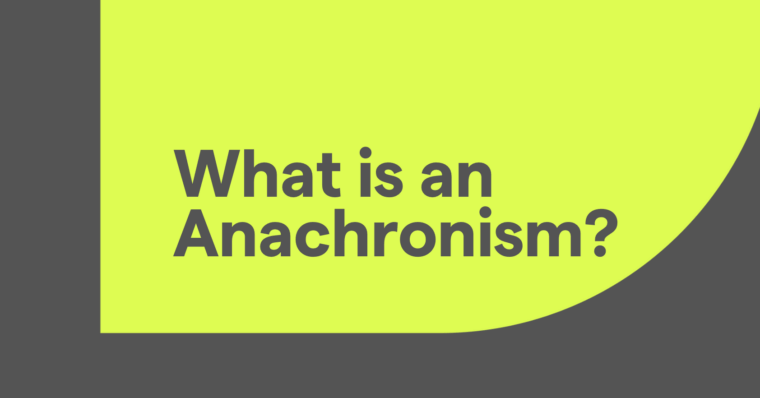
Even for the most experienced writers, writing well requires multiple drafts before completing the final work. The same goes for students across all grade levels, whether they’re crafting a personal essay, paper, or any other type of writing assignment.
One way to refine your writing skills is through peer review writing. Keep reading to learn how peer reviews work, how they’re effective in the classroom, and how peer review strategies help students.
What is a peer review?
Peer review writing is when students who’ve been given an assignment are asked to critique each other’s work.
After a peer gives you their draft or completed work for you to review, you’ll first read it in its entirety. This gives you an overarching view of their writing. Then, you’ll reread their writing and jot down comments or questions along the way. The final step is writing a peer review, which is a detailed evaluation of their work.
Below is what a peer review should include.
Synopsis and impression
Here, you summarize your interpretation of your peer’s writing and the point(s) it’s trying to make. This section of the peer review might go over high-level insights, like what the manuscript does successfully and what it needs to improve.
This feedback helps your peer author understand whether their writing achieved their overall intention. It also helps them see clear areas to work on in the next draft.
Supporting examples
The next part of peer review is drawing out specific examples from your peer’s manuscript to justify your feedback. For example, if you noted in your synopsis that the writing was persuasive, you’d highlight a specific instance of your peer’s compelling language. On the other hand, if you stated that their writing wasn’t clear, this is where you’d point out where and why you felt confused. Highlight the best example to back each comment—whether positive or constructive.
Providing your peers with concrete examples gives them a point of reference to compare with subsequent drafts.
Benefits of peer review writing
- Increases collaboration. Like its name suggests, peer review writing lets you work together with classmates to deliver a polished, final draft.
- Identifies common issues. As you perform more peer reviews, you’ll spot recurring gaps or areas for improvement.
- Encourages critical thinking. Peer feedback helps you focus on information that’s missing or ideas that need elaboration.
- Informs you about your audience. You’ll learn how your reader processes your writing, which can highlight a concept or perspective you hadn’t considered yet.
- Enhances communication skills. Continuous peer reviews teach you how to communicate positive and constructive feedback.
- Improves your own writing. Practicing peer reviews helps you avoid problematic issues in your own work.
3 peer review strategies for students
It can be challenging to offer a peer—who might be a close friend outside of the classroom—feedback about their writing. Here are a few helpful tips to make it easier.
1 Be objective about your input
It can feel uncomfortable giving your classmate feedback when you’re learning how to improve your writing, too. The best way to offer useful feedback in an empathetic way is by being objective.
This is where citing supporting examples is essential. When doing so, providing the page number or paragraph for the example can help the writer reference the issue faster.
2 Use sentence starters in your review
Sentence starters let you share important feedback in a systematized way. Write a list of fill-in-the-blank sentences to include in all of your peer reviews so you don’t forget your main points. Here are a few examples:
“Overall, the work does well at achieving ________, ________, and ________.”
“________ on page _____ was unclear. As a reader, it made me wonder, ________?”
“I suggest ________ and ________ to address these points in the next draft.”
3 Focus on the bigger issues
Don’t nitpick every single sentence. Instead, evaluate your peer’s writing as a whole, focusing on two or three big takeaways in your review. For example, a major issue might be that their personal essay doesn’t reveal their personality while grammatical errors here and there might be a minor concern.






